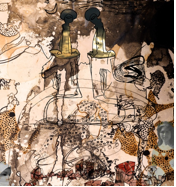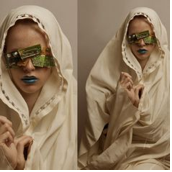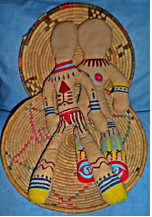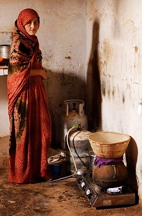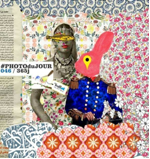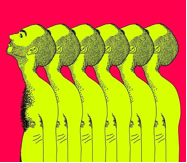The ‘refugee crisis’ has raised a lot of debates amongst Europe and the European Union. However, the position of the US is often overlooked in these debates even though its role has been central to the course of this ‘crisis’ from its very beginning. In Nizar Farsakh’s view, Obama’s international policy, while attempting to disrupt that of his predecessor, nonetheless resulted in the opposite outcome it was aiming for.
Nizar Farsakh is Program Director for Civil Society Partnerships at the US-based NGO Project on Middle East Democracy (POMED). Prior to this position, he was the General Director of the General Delegation of the PLO to the US for two years, and has extensive experience in policy advising to Palestinian negotiators on border-related issues.
The enormity of the Syrian refugee crisis has exposed the limits of Europe’s absorption capacity, both in physical as well as social/national terms. This has prompted many to ask how come European countries did not foresee it coming and whether they could have averted waiting for the crisis to rise to that magnitude. Yet, only after a few weeks, if not months, did people start to ask about the role of the US in all of this.
At first, the question was raised from a perspective of needing the help of a superpower to deal with the enormity of the crisis. But then as people started taking stock of its complexity, the urge to identify its origin crept in naturally. Indeed, in the American press the issue was framed in humanitarian terms, as a tragic development in the often troubled Middle East. Only after Germany announced its plans to accept hundreds of thousands of refugees did some American commentators start asking the question, how many will or should the US take? At that moment, the issue started being reframed as an American foreign policy issue and not least from an ethical moral responsibility angle. Obviously, the proximity and immediacy of the crisis for Europe forced the debate in ways that the US was sheltered from. In many ways, European countries had very little time or bandwidth to debate the issue and its origins as the flow of destitute refugees kept growing at an accelerated rate and at their doorsteps, literally. However, it was that severity and enormity of that crisis, its invoking of parallels from WWII, as well as its inescapable links to decisions made by the US administration that had commentators revisit the questions they raised when the US decided to pursue an aggressive policy in the Middle East.
Yet, unlike in WWII, the US this time is disinvesting itself from playing a major role in such affairs. The 2008 Obama election campaign ran on the promise of disentangling the US from the wars in Afghanistan and Iraq, among other promises on healthcare and climate change. Therefore, as his term was nearing an end, Obama wanted to consolidate a legacy before he leaves office in order to secure significant wins for his administration in the eyes of the American electorate and improve the chances of the Democratic Party in the next elections. That was especially true given how little he has been able to achieve during his tenure compared to the promises and high expectations back in 2008. The risks of the unraveling of Syria and consequent adverse repercussions were highlighted to the administration three years ago by many Middle East experts including POMED. But taking a more active role in the region went against the grain of this administration’s plans and they were too risk averse to take the chance. This wait and see policy in fact resulted in the US having to deal with a more complex problem as its adversaries took advantage of the vacuum US entrenchment provided. Now, belatedly, the US is forced to deal with this problem from a much weaker point and with far less chips at its disposal.
Ironically, the policy that was designed to redress excessive and myopic US interventionism, namely leading from behind, ended up compounding those adverse consequences. While reversing a policy seems a natural reaction when politicians realize its inefficacy, the case of the Syrian refugee crisis is a prime example of how such knee-jerk reactions are rarely prudent given the complexity of international politics.

